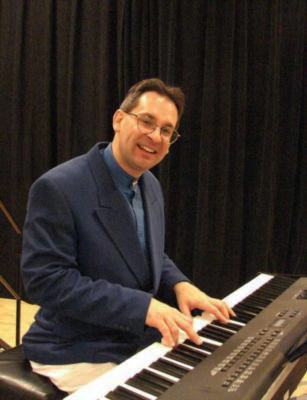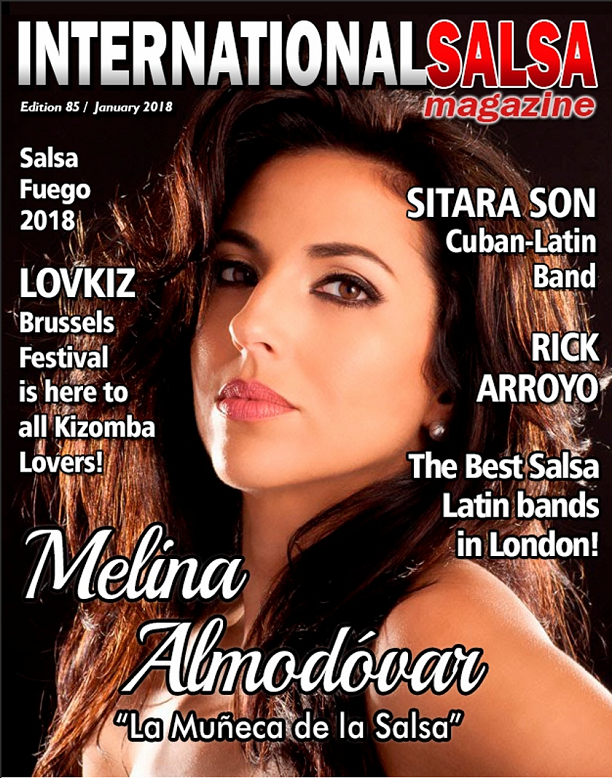North America / USA / Las Vegas
Meet the 2008 Las Vegas Latin Music Awards Winner in two categories Best Latin Jazz Band and Best Latin Jazz Performer, Rick Arroyo. Him and the Latin Percussion Ensemble provides the very best in Steel Drums, Jazz, Latin Jazz ( Afro-Cuban and Brazilian ), Salsa for Dancing and contemporary Jazz.

Born in the Bronx, New York, Rick started playing professionally music when he was 15 years old. Began playing piano at the age of 9, drums at age 11, congas and vibraphone at the age of 14.
Composer, Arranger and Las Vegas Latin Awards Winner in 2 categories, Rick Arroyo appeared in The Coral Reef Lounge at Mandalay Bay every Monday night for four years with his 10 piece Latin dance band, The Latin Percussion Ensemble.
He has played at The Blue Note, The House Of Blues, The Rio, Aladdin, Wynn, Tropicana, Bally’s, Venetian, Stardust, Sahara, Circus Circus, Harrah’s, Imperial Palace, Monte Carlo, Gordon Biersch Brewery, The MGM Grand & MGM Grand Garden Arena, Bellagio’s, Caesar’s Palace, Mirage, Treasure Island, Orleans, Flamingo Hilton, Las Vegas Hilton, Paris Hotel, Rancho Santa Fe Station, The Stardust, New York, N.Y. ( in the George Hamilton Cigar Lounge) Green Valley Station, Boulder Station, Sam’s Town, Alexis Park Resort, Stratosphere, Fremont Street, Riviera, Primadonna, Lady Luck, Avi Casino, Red Rock Casino, Renaissance Hotel, Suncoast Casino, Furnace Creek Inn, Four Seasons and many other locations in Los Angeles, Denver and in Las Vegas.
Rick has performed at several of The City Of Lights Jazz Festivals, The Clark County Amphitheatre, The Reed Whipple Community Center and other venues including radio and television Simulcast.
Rick has recorded and played with Esteban, Tito Puente Jr. Poncho Sanchez, Steve Rossi, Luis Conte, Bill Laster, Karen Briggs, Dick Mitchell, Dan St. Marsais, Artie Webb, Francisco Aguabella, Papo Conga, Dan Weinstein, David Romero, Joe Torres, Poncho Roman, Johnny Conga, Papo Rodriguez, Tata Palau, Johnny “Dandy” Rodriguez, Ghalib Ghallab, Luis Miranda, Bobby Matos, Johnny Polanco, Pachito Alonso, Eddie Resto, Larry White, Hector Casanova, Dick Berk, Ramon Flores, Art Velasco… Shared the stage with The Yellow Jackets, Fatburger, The Rippingtons, Gerald Albright, Richard Elliot, Carl Fontana Everrett Harp, Gilberto Santa Rosa and many others.

He has opened for Tito Puente, Willie Chirino, Gilberto Santa Rosa, Jesus Alemany, Cubanismo, President Barack Obama, David Benoit, Richard Elliott, Michael McDonald, Donna Summers, The Beach Boys, Sammy Hagar and many others.
Rick Has performed for Jenny Jones, Maurie Povich, Oscar Goodman, Shelly Berkley, Chip Maxfield, Senator Harry Reid, Barack Obama, Monte Rock, Joe Cortez, Robin Leach, Oscar De La hoya and many other celebrities.











